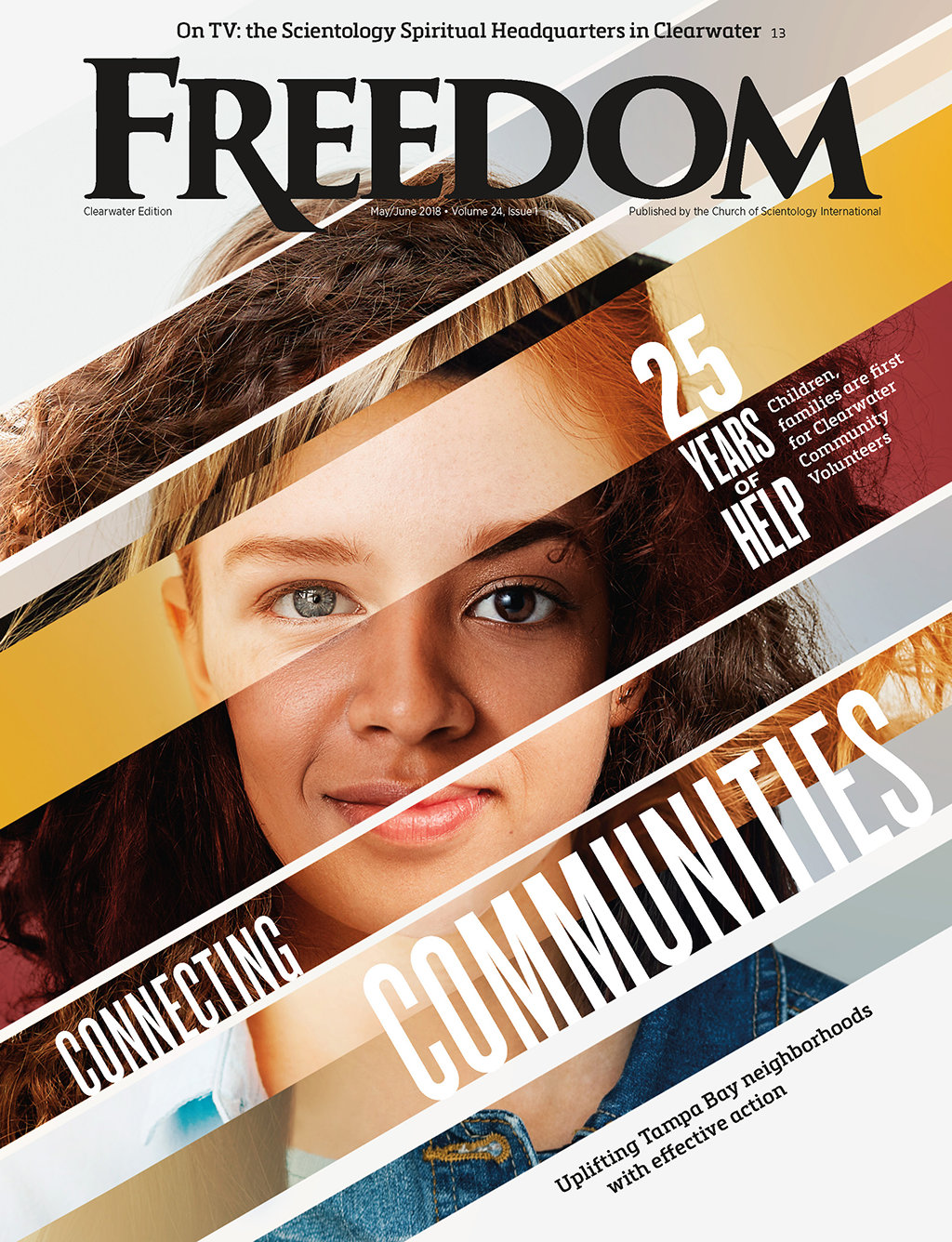They lowered their weapons, bowed and let her pass.
Her depth of faith reflects the depth of faith of many from other lands who pass through our portals. And as the generations pass, that concatenation of faiths has begun to make its impact felt.
A new survey from the Pew Research Center indicates that, while about 30 percent of individuals born and living in the US identify with neither faith nor church and declare no belief in a Supreme Being, less than half of that percentage—only 13 percent—of migrants to the US are equally nonreligious.
“You see migrants coming to places like the US, Canada, different places through Western Europe, and being more religious—and sometimes more Christian in particular—than the native-born people in those countries,” said Stephanie Kramer, the study’s lead researcher.
“Immigrants are kind of putting the brakes on secularization.”
Those identifying as Christian lead the population of those who no longer live in their country of birth, at 47 percent of all migrants. Jews, who make up just 0.2 percent of the world population and just 1 percent of all migrants, are nonetheless more likely than any other faith community—at the rate of one out of every five—to leave their home country.
Although many factors drive a person or group to leave their home country and settle elsewhere—economics, family, fleeing danger and persecution—religion is a major motivation.
Migrants frequently relocate to countries where there is already a strong faith community ready to embrace a fellow brother or sister. Israel, for example, is the go-to country for Jews, while Saudi Arabia is the preferred destination for Muslims.
The influx of religious migrants can have a significant impact on the religious composition of their destination countries. In the case of the US, “immigrants are kind of putting the brakes on secularization,” said Kramer.
While survey after survey from Pew and others in recent years show a declining graph for religion and religious identification in Western nations, particularly in America, the world’s 280 million immigrants may have the last word, after all. The scales may just surprise us and tip back in the direction of religiosity one of these days, years or decades.
And that would only bring us closer together. As Scientology Founder L. Ron Hubbard wrote, “Religion is the first sense of community. Your sense of community occurs by reason of mutual experience with others. Where the religious sense of community and with it real trust and integrity can be destroyed then that society is like a sandcastle unable to defend itself against the inexorable sea.”
The unsung miracle of religion, then, is not only what it brings to the individual who believes and lives that belief, but what it does to every life that individual touches.
Faith. Let’s pass it on.






















